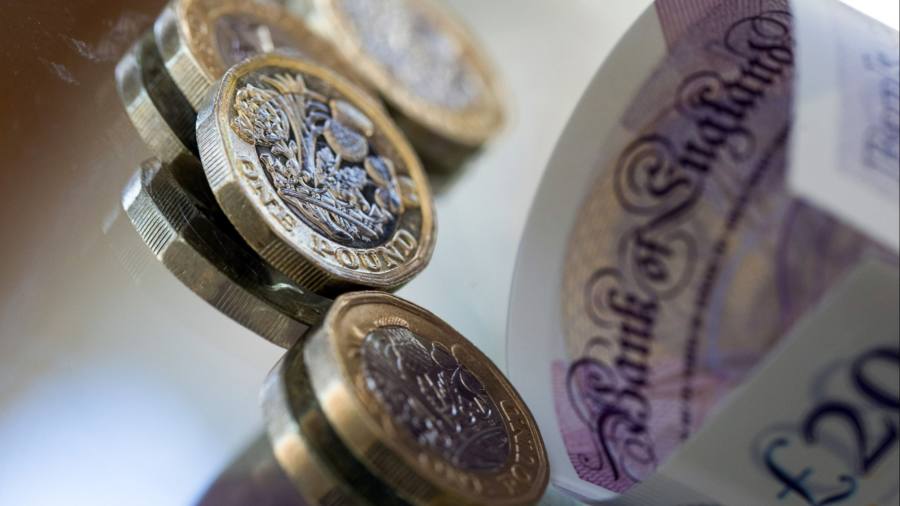Sterling suffered a heavy decline on Wednesday, slipping to its lowest level in six weeks against the dollar as a sharper than expected slowdown in UK inflation eased the pressure on the Bank of England to keep raising interest rates.
The pound dropped as much as 1.5 per cent to $1.198, a level last touched in early January. The moves followed the release of data showing UK inflation fell to a five-month low of 10.1 per cent in January from 10.5 per cent the previous month. Economists polled by Reuters had forecast a drop to 10.3 per cent.
The currency’s decline reflects a growing conviction among investors that the Bank of England might be about to pause its monetary tightening cycle, and comes as strong US economic data fuels bets that the Federal Reserve may have further work to do to rein in inflation.
“There seems to be a divide opening up between what’s going on in the UK and the US”, said Jordan Rochester, a foreign exchange strategist at Nomura. “US inflation came in hot, there’s no other way to put it, but the UK might be in a situation where inflation falls more quickly than expected as consumers pull back spending.”
In contrast with the UK, US inflation was higher than expected in January, with consumer prices rising at an annual rate of 6.4 per cent against a forecast of 6.2 per cent. The dollar strengthened as a result, while futures markets priced in a higher peak interest rate.
The world’s de facto reserve currency has slipped 8.8 per cent over the past four and a half months but has rallied so far in February following a recent run of strong US economic data.
The BoE earlier this month raised rates by half a percentage point to 4 per cent, but hinted that the increase might be its last.
A combination of a “dovish shift in policy guidance from the BoE” and a “hawkish repricing of Fed policy” has weighed on the pound, said analysts at MUFG.
The fall in sterling helped London’s FTSE 100 stock benchmark hit a new all-time high on Wednesday, touching 8,000 points for the first time. The index, which is packed with multinational companies earning much of their revenue overseas, tends to benefit when the UK currency weakens.
Sterling’s latest decline still leaves it far above the all-time low of less than $1.04 it struck in September at the height of the gilts crisis, when former prime minister Liz Truss’s borrowing plans and a crisis in the pensions sector undermined investor confidence in the UK.
Read the full article here



